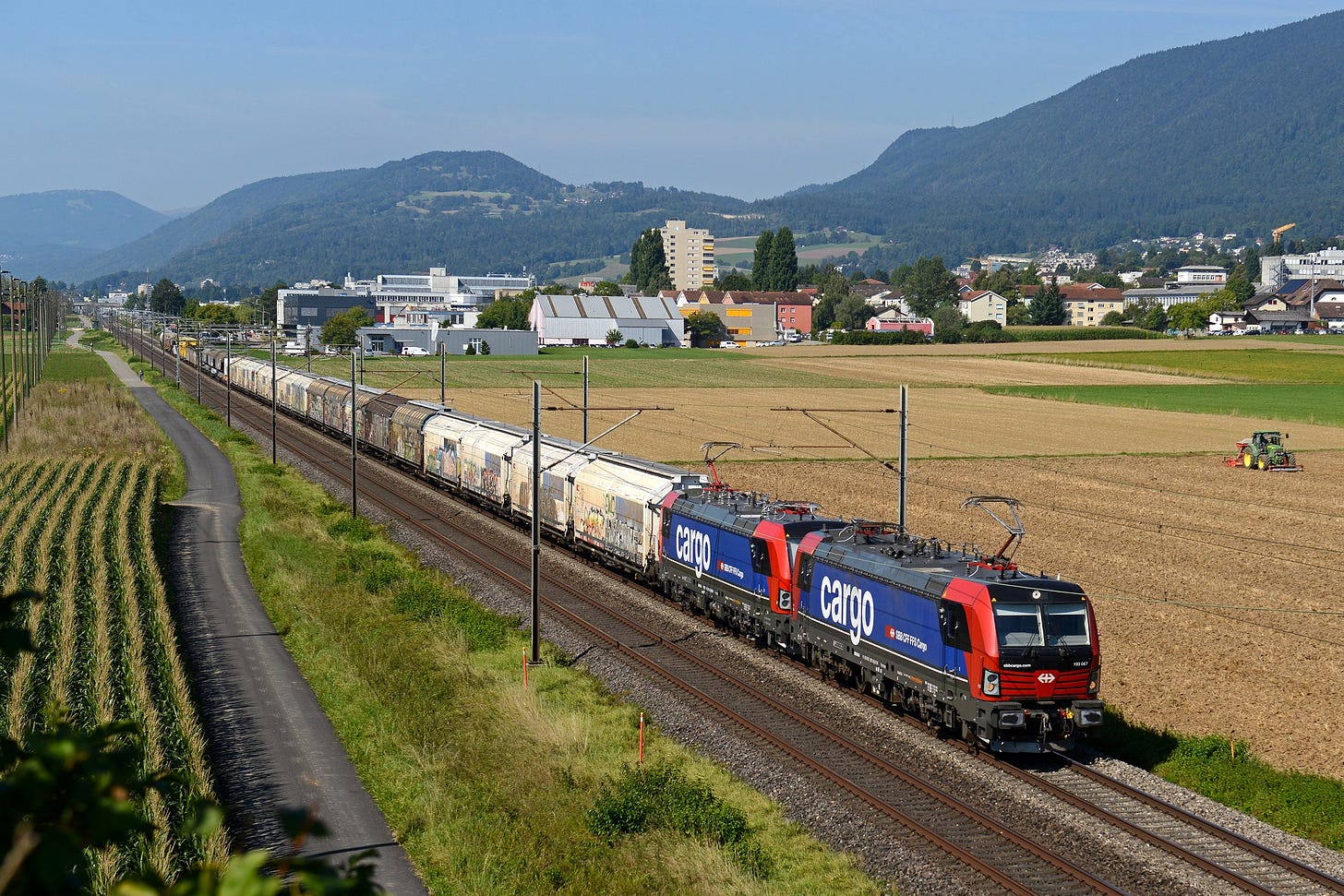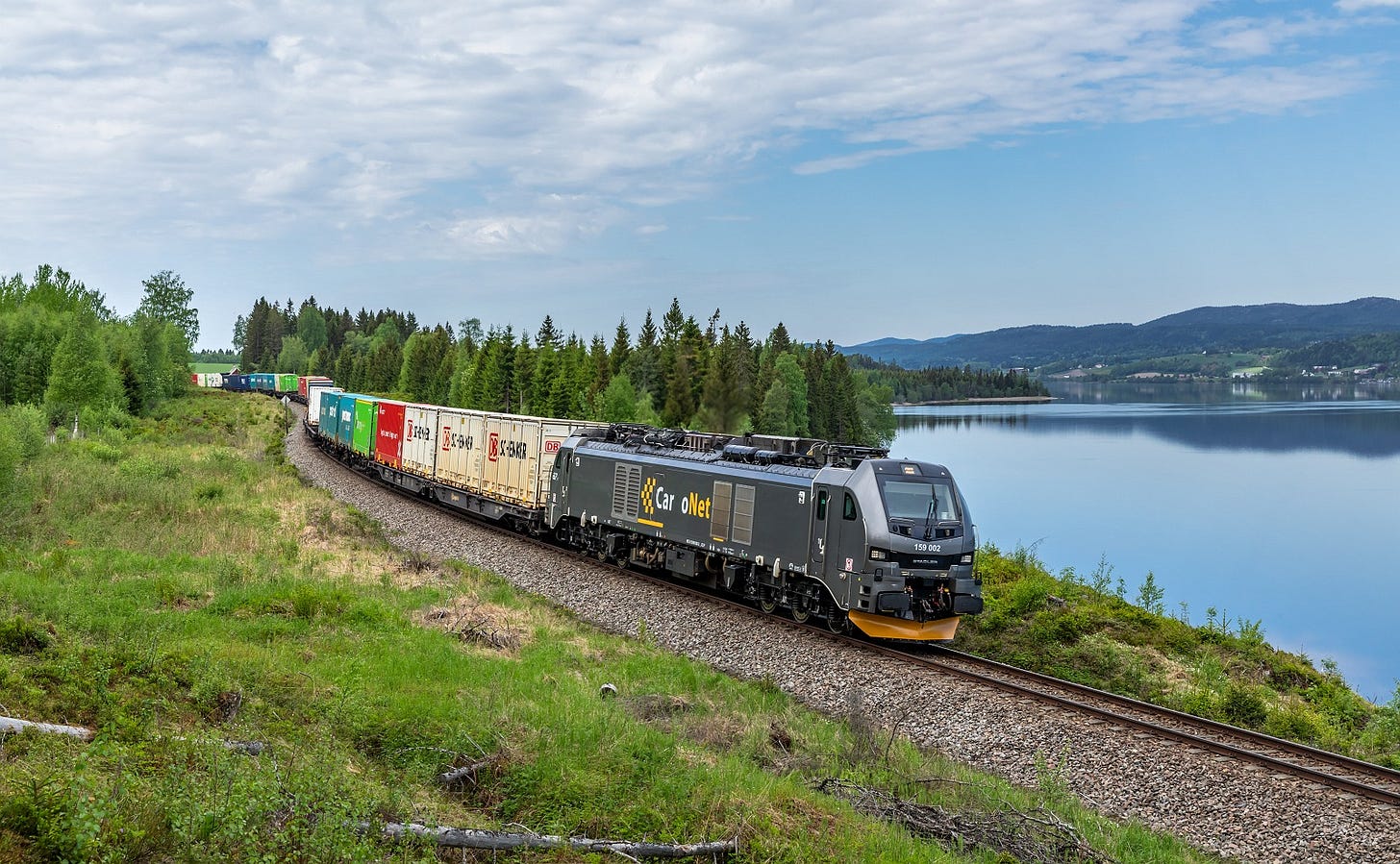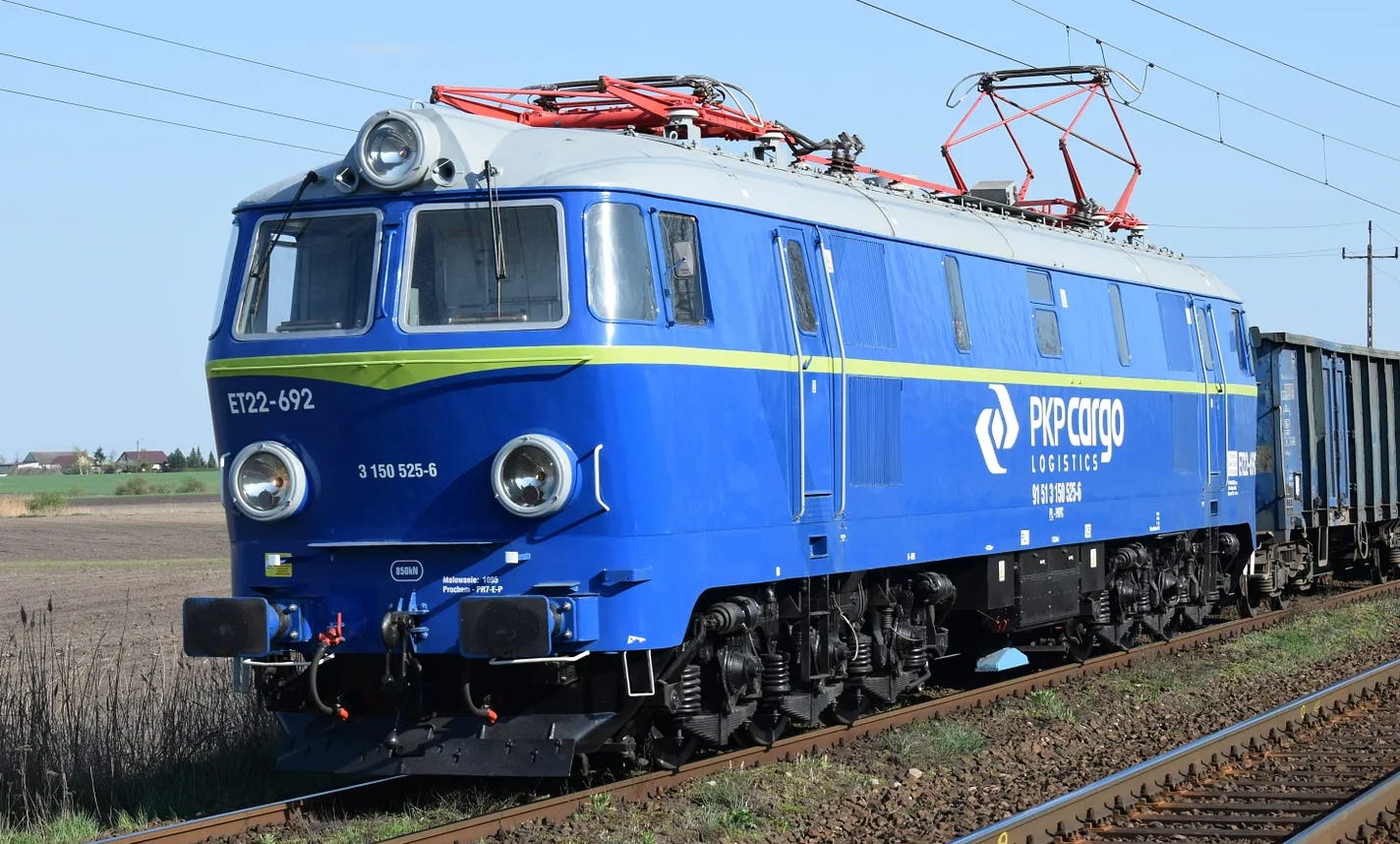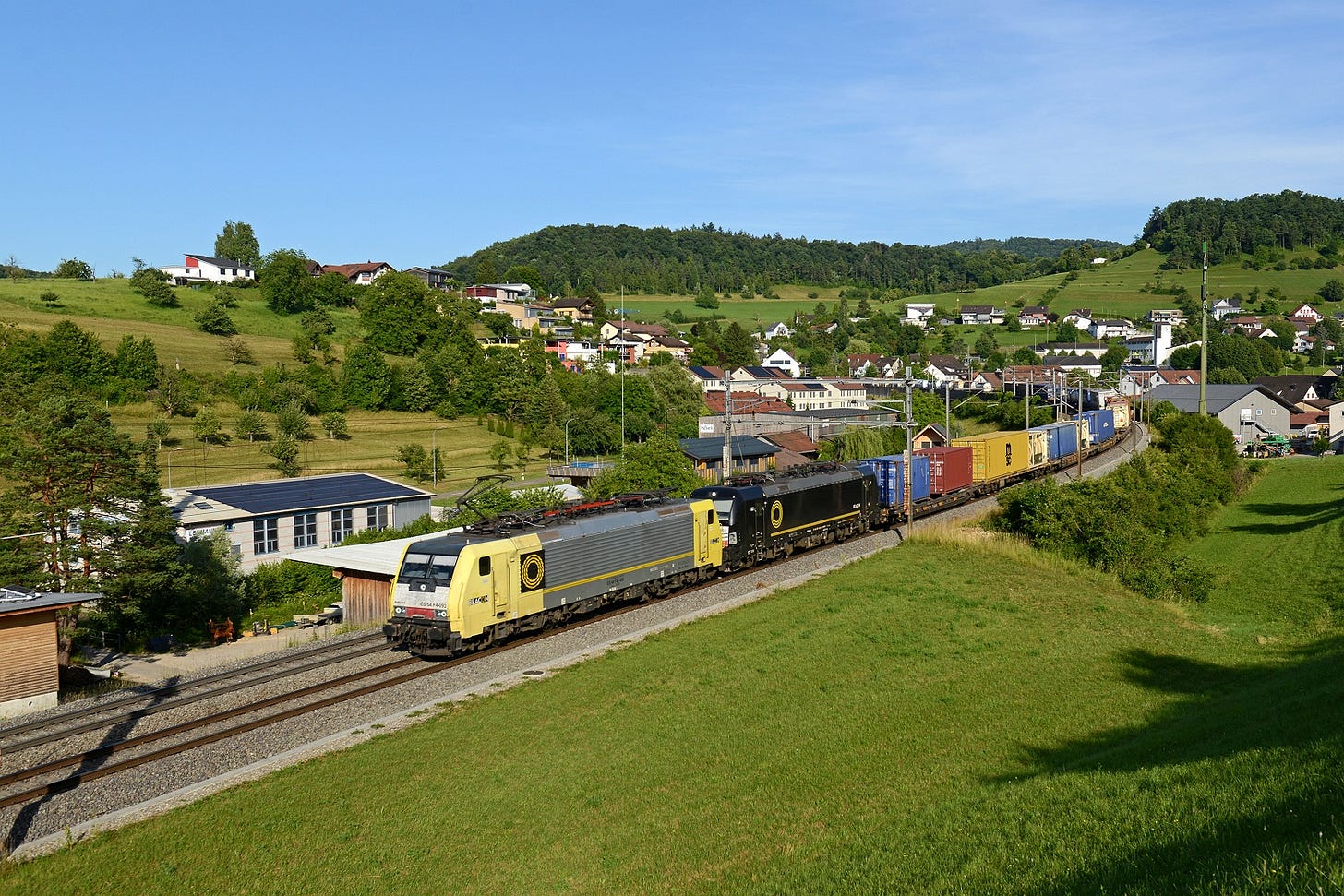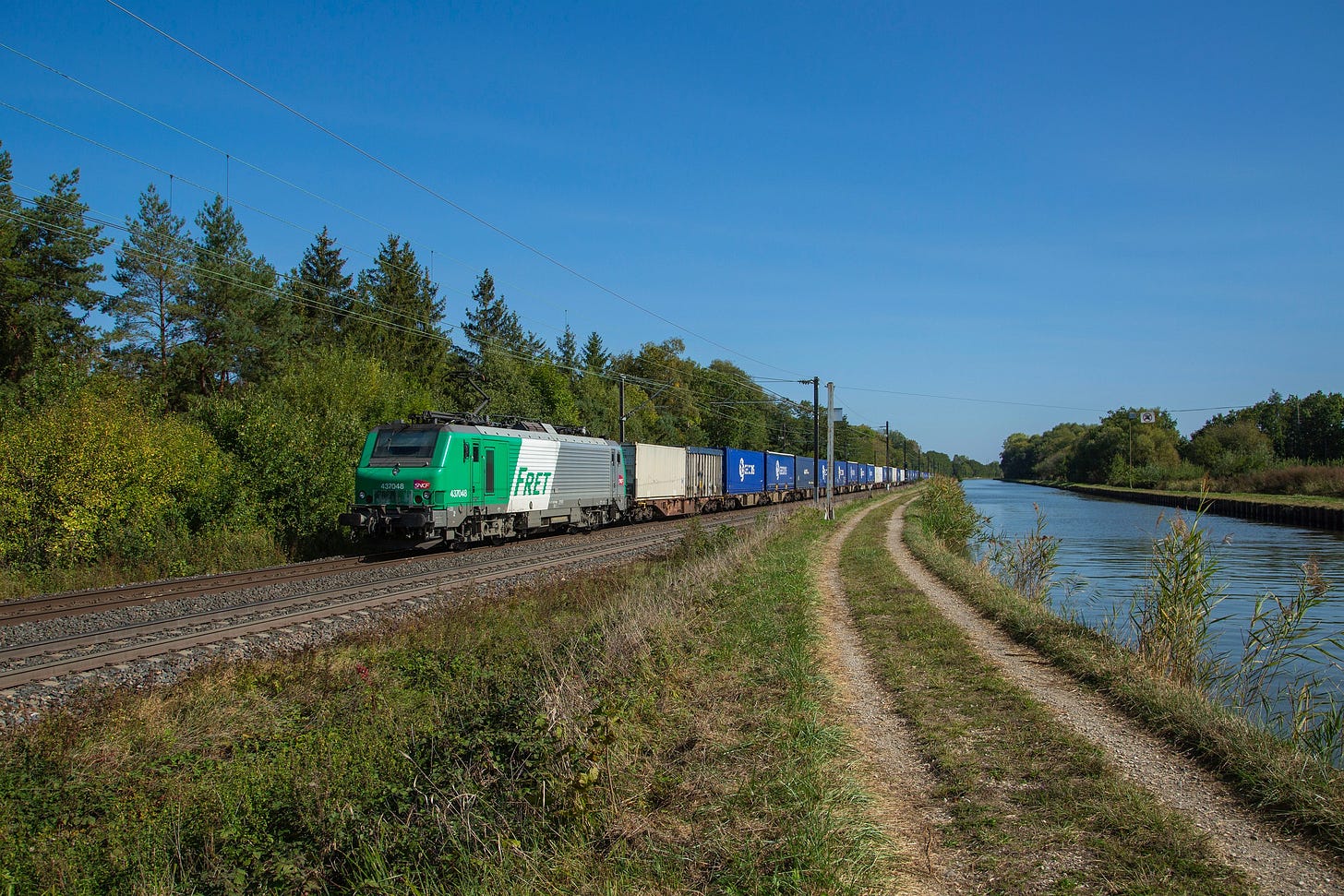Europe’s seven freight workhorses in 2025
A small number of locomotive families carry most of Europe’s freight every night. Two decades of standardisation, cross-border operation and large leasing pools have created a de facto common fleet: seven platforms that dominate the continent’s freight operations.
Europe’s network is still split across electrification systems, signalling regimes and national rules. Yet operators increasingly rely on a limited set of locomotives that can handle long international runs, different power systems and demanding gradients. These workhorses reflect how the market has shifted from national fleets to shared, interoperable units.
The seven platforms that carry Europe’s freight
Below are the seven most widely used and operationally significant freight locomotive families in Europe around 2025. The ranking is not a strict list but reflects deployment and interoperability.
1. Siemens Vectron (AC / MS / DC)
The Vectron platform is now one of the most widely used modern locomotives in Europe. Strong multisystem capability and large leasing pools make it a central asset for operators across Central and Northern Europe, including DB Cargo, PKP Cargo, ČD Cargo, Railpool, MRCE and Akiem.
2. Bombardier/Alstom TRAXX (F140 / MS / AC3)
TRAXX locomotives have been a mainstay of European freight for more than two decades. Wide availability through leasing companies such as MRCE, Akiem and Railpool means the platform is present in nearly all major Western and Central European markets.
3. Stadler EURO6000 / EURO4000 / EURODUAL
Stadler’s “Euro” family dominates dual-mode and heavy-haul operations in Southern Europe, particularly Spain and the French–Iberian corridors. EURODUAL’s combination of electric power and high-performance diesel makes it attractive on mixed-infrastructure routes, including mountainous sections.
4. DB Class 185 / 186 / 187 (TRAXX derivatives)
These TRAXX variants form the backbone of DB Cargo’s electric fleet and still account for a large share of freight movements in Germany, Switzerland and Austria. Their scale in domestic German service alone makes them significant in a European context.
5. PKP Cargo EU07 / ET22 and Poland’s legacy fleet
While older and without multisystem capability, Poland’s large fleets of EU07 and ET22 locomotives remain essential for bulk transport. Given Poland’s position as Europe’s largest single freight market by volume, these units continue to account for substantial daily locomotive-kilometres.
6. Siemens ES64F4 / “EuroSprinter” family (Class 189 and others)
The EuroSprinter family remains active on key international corridors. Class 189 locomotives are particularly common on the Netherlands–Germany–Austria–Italy axis, where they handle heavy transit flows and combined transport. Strong leasing availability keeps them in widespread cross-border use.
7. SNCF Fret BB 27000 / BB 37000 / BB 75000
Alstom’s modern freight classes still move a significant share of France’s domestic and transit freight. Covering both electric and diesel traction, they remain central to operations despite restructuring within Fret SNCF.
Why it matters: A small number of locomotive families now carry most of Europe’s freight, reflecting a shift toward interoperable and widely shared fleets.
What’s next: Further Vectron and TRAXX renewals are expected, along with broader use of dual-mode platforms as operators seek flexibility on partly electrified routes.


